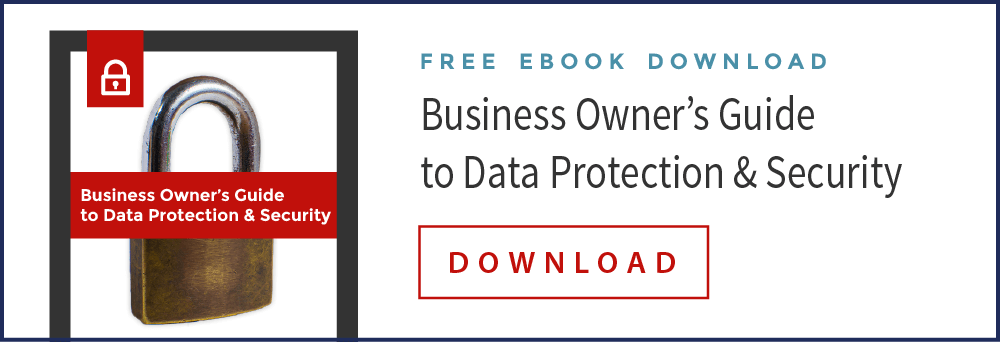Cybersecurity attacks are on the rise and companies big and small are vulnerable.
Hackers are using increasingly sophisticated attack strategies to breach sensitive corporate and consumer data.
Research conducted by the Identity Theft Resource Center (ITRC) found that of the 174 million records breached in 2017, 91.4 percent were the result of corporate database attacks.
Impersonating or stealing the identity and access permissions of a company employee can provide a backdoor for industrious bad actors, yielding financially lucrative data that can quickly be sold to the highest bidder.
Also, with many companies moving away from the traditional desktop work environment and allowing employees to access networks remotely, whether, from personal computers or even IoT devices, corporations are increasingly aware of the need for more robust identity management solutions.
With the right Identity and Access Management (IAM) strategy in place, however, I believe that each company can significantly improve its defenses and prevent the next data breach attempt before it occurs.
What Is Identity Management?
Identity management should be a top priority for every enterprise. Each employee needs one network identity from the first day of onboarding up until the day that they leave the company. Once this identity is created, it can be maintained, monitored and even changed as circumstances necessitate.
An employee’s access privileges are defined according to the individual’s role and responsibilities at the company so that it is easy to identify who should and should not have access to specific data or network features.
Identity management allows the enterprise to administer user access throughout the company, ensuring that each identity is secure and consistently in compliance with industry and legal governance.

How Network Security Protects Your Identity
A highly efficient network security strategy protects an enterprise network by managing who has access to the system and for what purpose, targeting and eliminating threats accordingly.
If a malicious actor tries to gain access to information that is outside of the scope of a user’s permissions, the attack is blocked through a series of network controls. This protects the identity of each employee by preventing a would-be hacker from hijacking their identity to commit a crime.
Privileged users, or those with high-level or unlimited network access, are also protected from identity thieves by limiting credentials to a specific timeframe or task, with ongoing tracking throughout the event.
A report by Intel found that about 20 percent of all data breaches were accidentally caused by employees. With this in mind, in-house training is similarly essential for optimized network security, as a lack of understanding of security protocol is the most common cause of unintentional breaches.
Why Do I Need Identity Management Protection
In late 2017, 4iQ, an identity threat intelligence company, found a 41 GB repository with 1.4 billion stolen credentials, all stored in unencrypted format. The mammoth find included everything from corporate login details to email addresses and even banking information.
The repository also had interactive capabilities, allowing anyone with a computer to locate thousands of sensitive data points in just seconds, including admin permissions.
Having personally witnessed numerous data breaches at a variety of companies, I know that corporate security must improve if businesses are to overcome the constant threat of identity theft.
Implementing identity management protection is one of the simplest ways to do this.
With a robust offensive corporate security plan in place, your data will be safer, and your reputation will be better protected. Remember, it’s not a matter of if an attack will occur, but when.
Companies that implement an identity management solution aren’t waiting for the next attack; they are preparing for it. And a company that is ready is a lot less likely to fall victim to a data breach or have the integrity of its network compromised.
Cybersecurity is an ongoing battle, and only those who remain vigilant in the fight will emerge victoriously.



